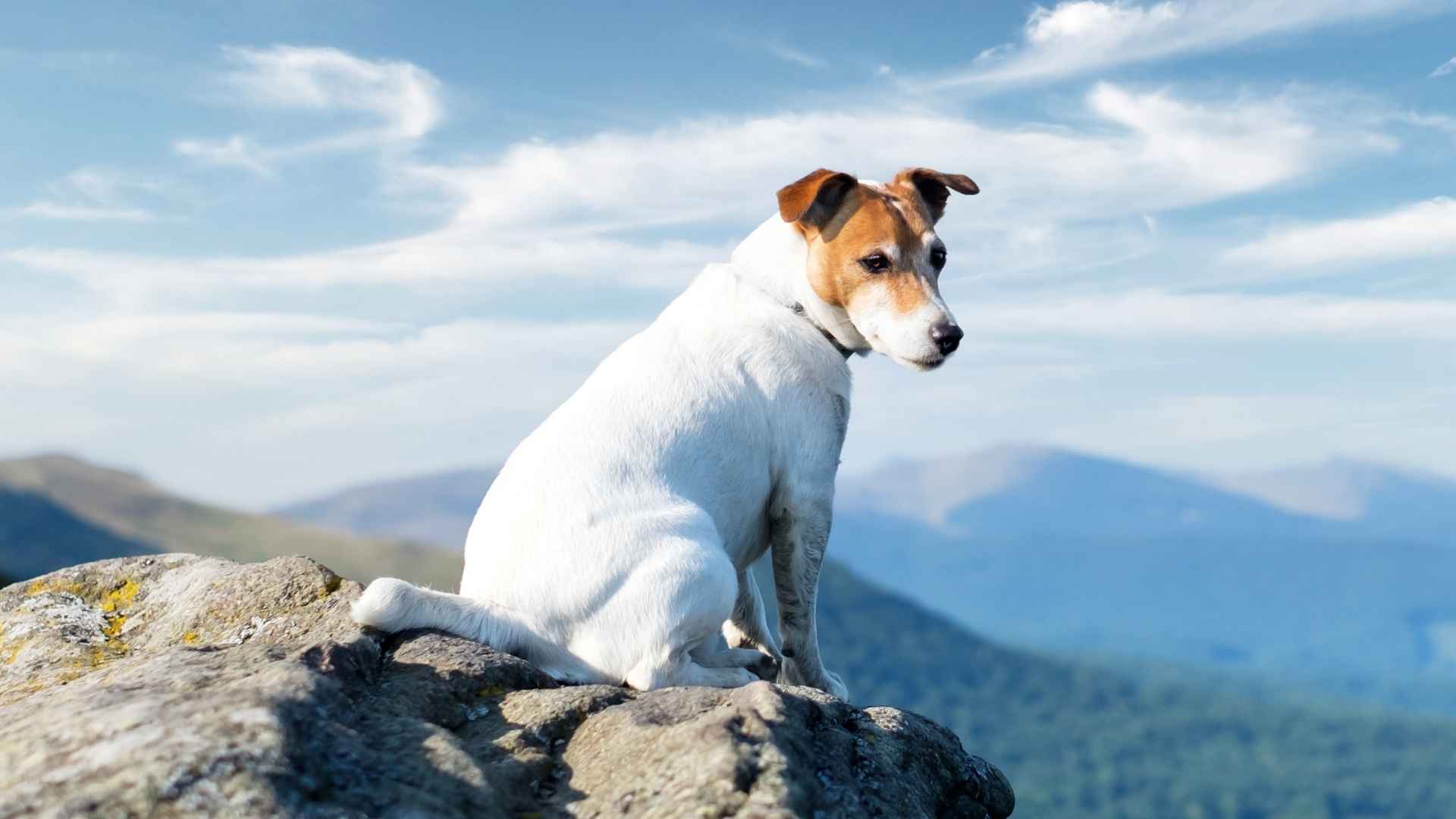For adventure lovers who crave elevation and the thrill of a challenge, there’s nothing quite like scaling heights with a loyal canine by your side. Just like some dogs make excellent jogging or hiking partners, there are specific breeds that are natural-born climbers—agile, strong, and always up for vertical exploration. These dogs don’t just keep pace; they thrive on the terrain that other dogs shy away from.
While not all dogs are suited for this type of activity, breeds with strong muscles, excellent balance, and tireless energy often take to climbing instinctively. From bounding up boulders to scrambling over logs and navigating rocky slopes, the right dog can turn a hike into a full-on alpine adventure. But choosing a climbing-ready companion means looking beyond enthusiasm—it requires assessing agility, obedience, and overall endurance.
In this guide, we’ll introduce the dog breeds that were practically made for the climb. Whether you’re conquering forest trails or mountainous paths, these four-legged adventurers will keep up every step of the way.
Dog Breeds That Love to Climb
1. German Shorthaired Pointer
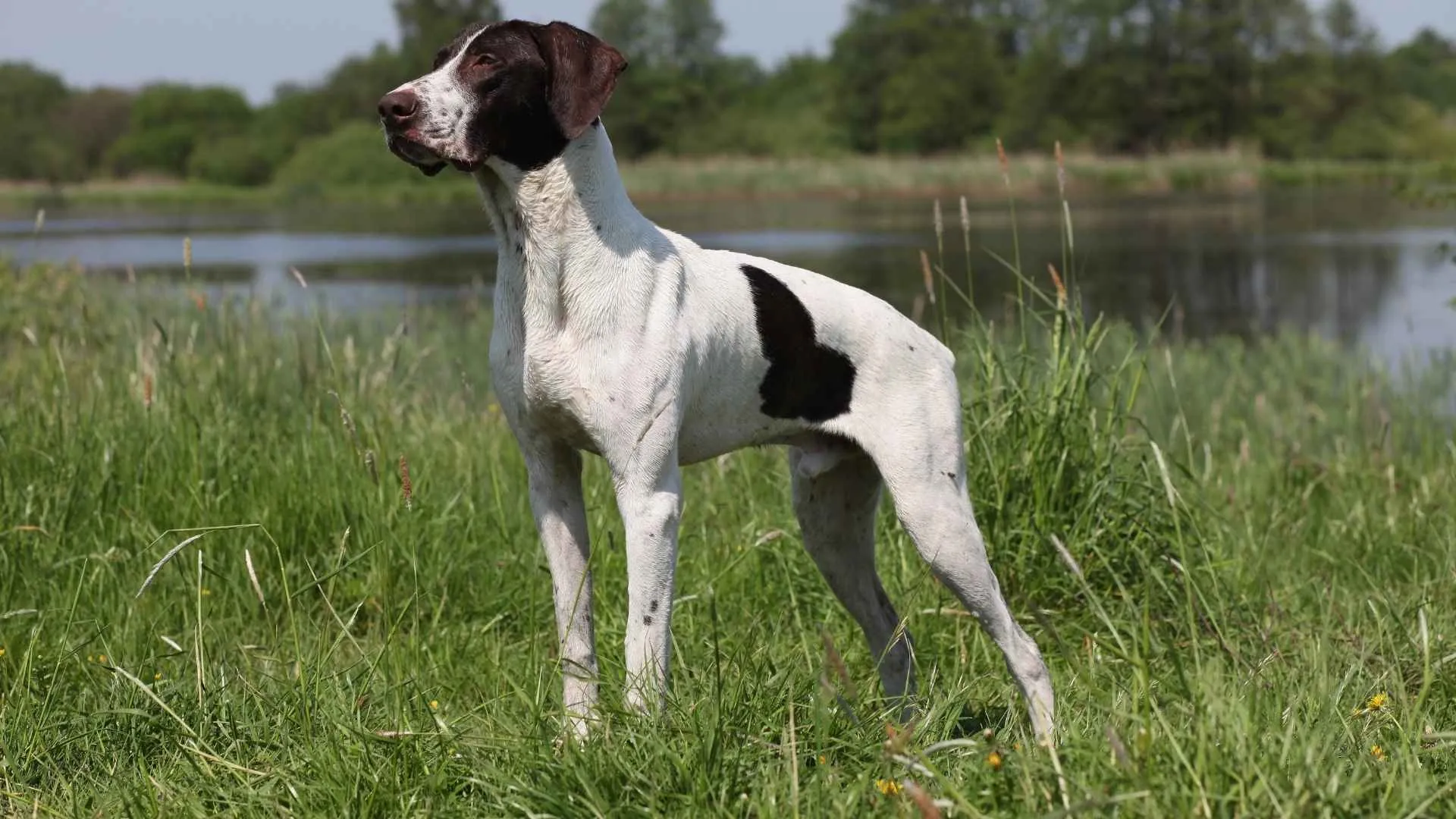
The German Shorthaired Pointer, commonly referred to as GSP, is a versatile and athletic member of the Sporting Group. Developed in early 18th-century Germany, this breed was designed to excel in tracking, pointing, and retrieving on both land and water.
With a muscular frame standing 21–25 inches tall and weighing between 45–70 pounds, GSPs possess excellent balance, surefootedness, and agility—key traits for dogs that love climbing.
Their short, dense, water-resistant coat comes in solid liver or liver with white ticking, while their broad, high-set ears and keen brown eyes reflect sharp focus and drive. These dogs typically live 10–12 years and are favored for both sport and companionship.
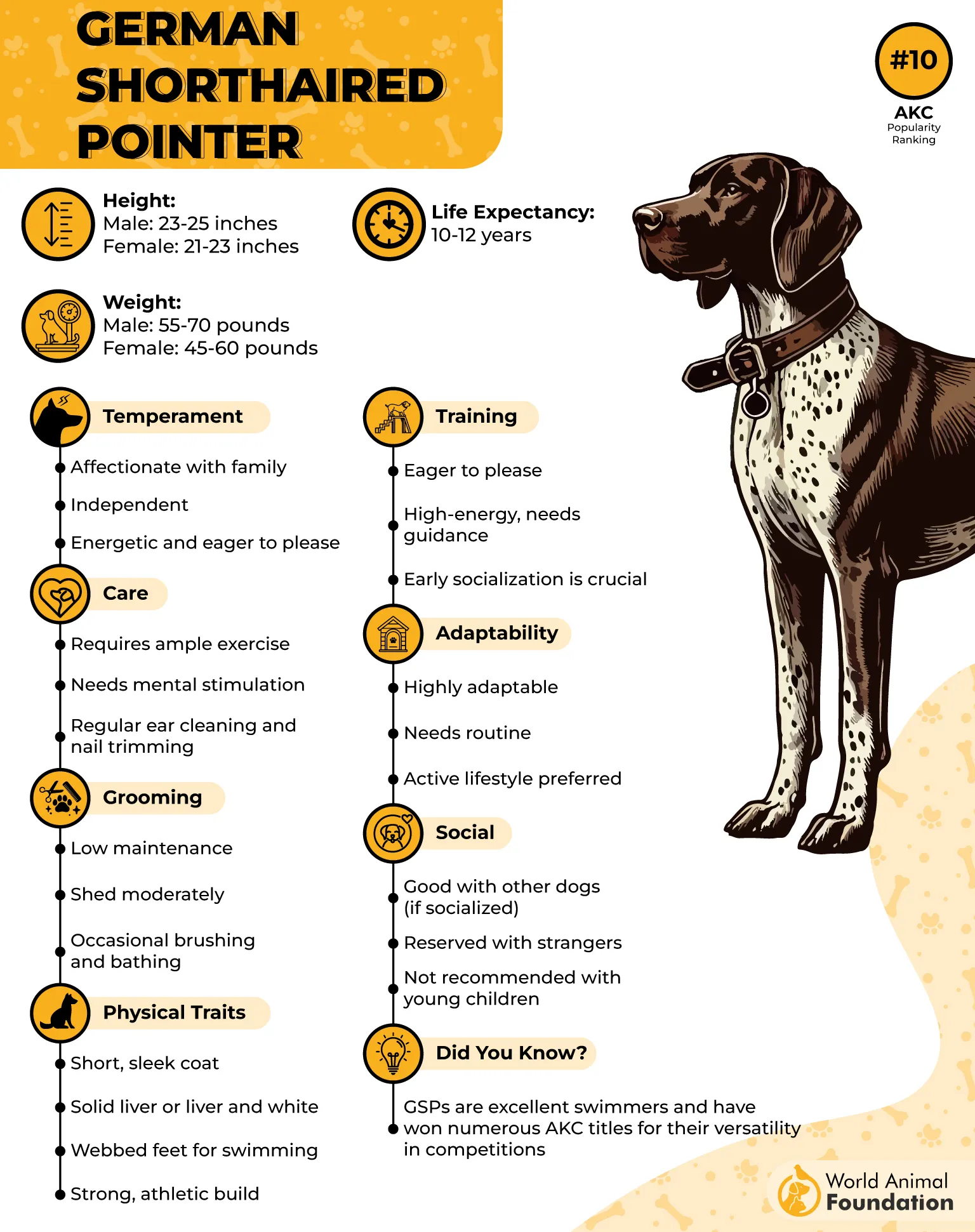
Exercise
These hunting dogs require intense daily activity and mental stimulation to stay balanced. According to the AKC, these dogs are always eager for physical activities such as running, swimming, and organized dog sports—essentially anything that helps burn off their endless energy while enjoying the outdoors with their human companion.
Left under-exercised, they may develop destructive habits. From puppyhood to adulthood, especially between 6 months to 3 years, GSPs benefit from structured routines and early obedience training.
Fun Fact: GSPs can hunt everything from birds to deer, and one was even titled top-ranked in obedience, hunt tests, agility, and conformation.
2. Siberian Husky
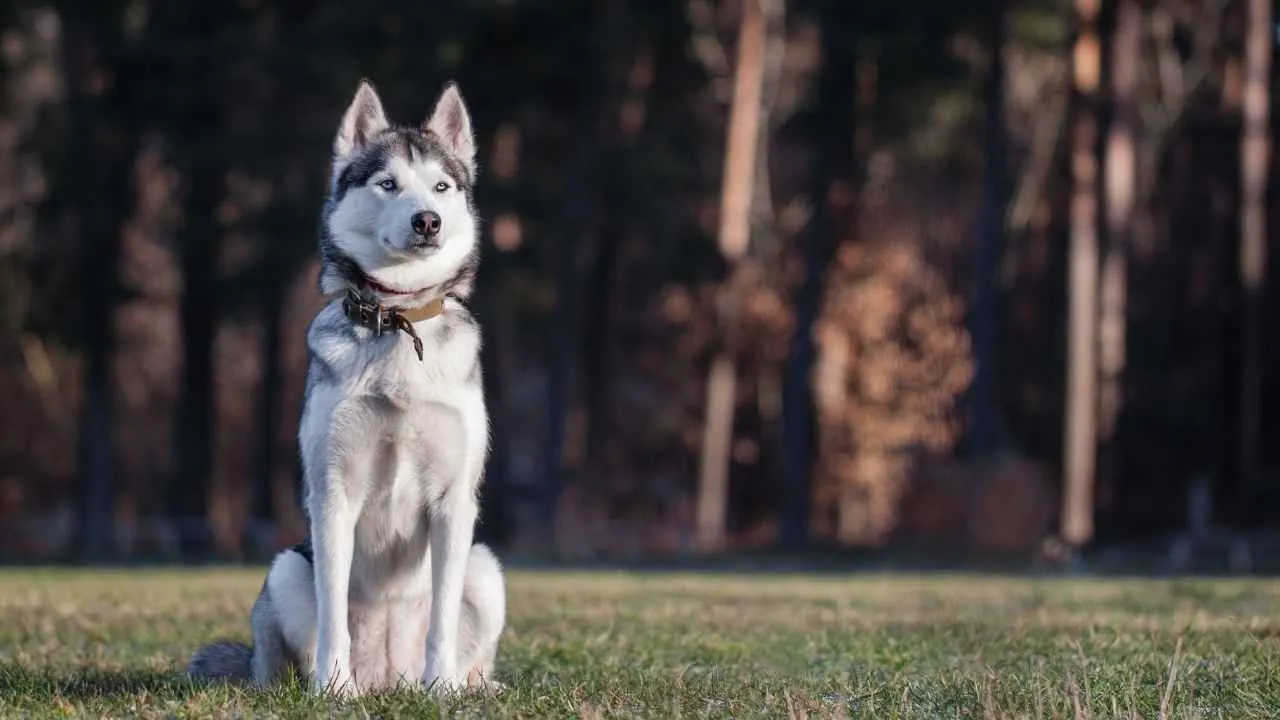
The Siberian Husky, also known as the Chukchi Dog, hails from the cold weather of Siberia, where it was bred by the Chukchi people for endurance sled work and companionship. This medium-sized member of the Working Group stands between 20 to 24 inches tall and weighs 35 to 60 pounds.
Its thick double coat—often in hues of black, gray, white, or tan—provides natural insulation, making it well-suited for mountainous climbs and chilly trails. With a life span of 12 to 15 years, the Husky is known for its mischievous personality, striking almond-shaped eyes, and strong, compact build ideal for demanding outdoor pursuits.
According to the PDSA, these dogs are highly intelligent but can also be quite mischievous. They are best suited to experienced owners who can handle their demanding training and exercise requirements.
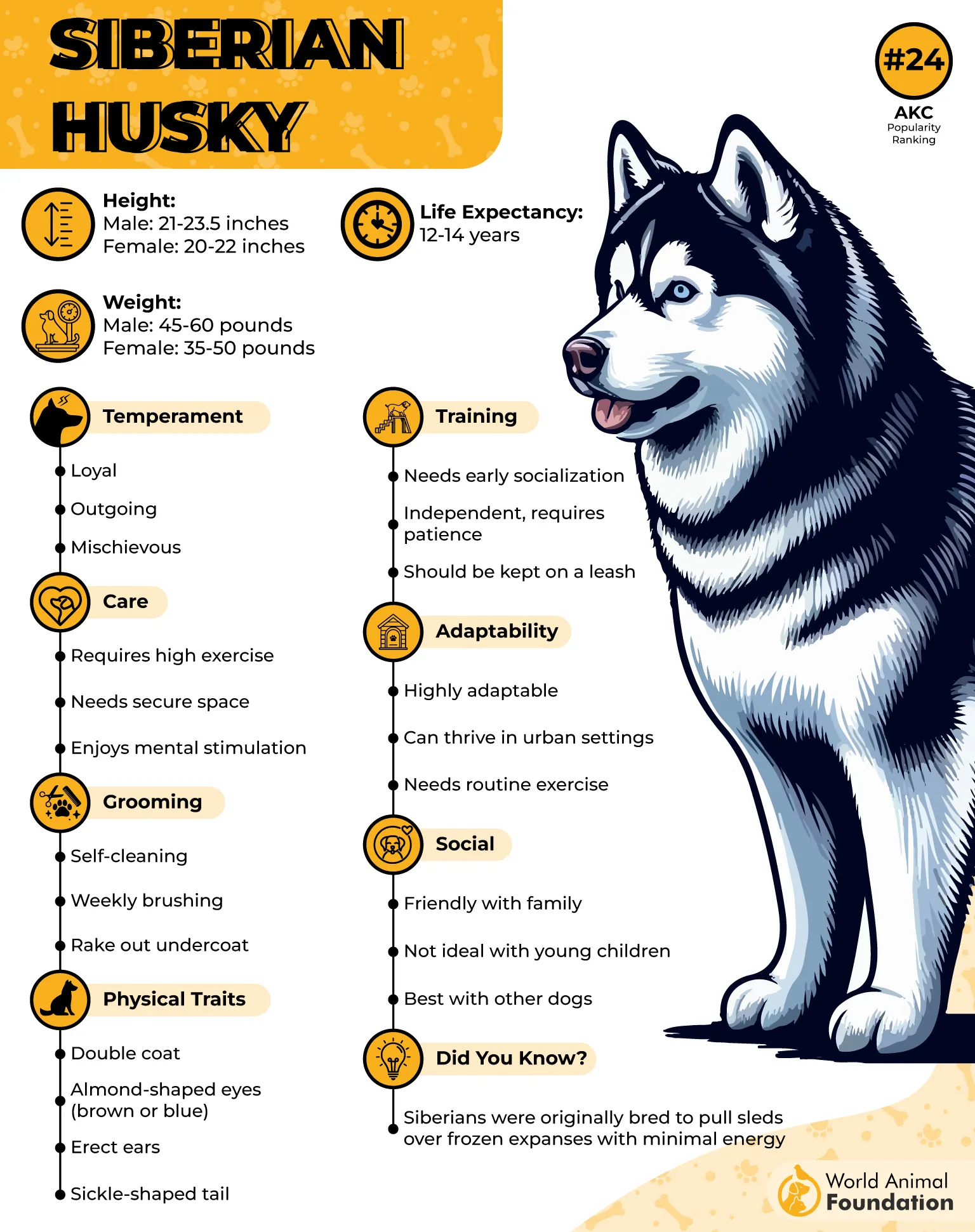
Exercise
Huskies are bursting with energy and require a minimum of 1–2 hours of vigorous exercise daily. Long hikes, runs, or interactive play sessions are essential for preventing destructive behavior.
Their keen intelligence and physical stamina make them excellent climbing partners, but their independent streak demands proper training, especially for off-leash adventures.
Fun Fact: The breed gained worldwide fame during the 1925 “Great Race of Mercy,” when a Husky team, led by Balto, heroically delivered life-saving serum through Alaska’s brutal terrain.
3. Dalmatian
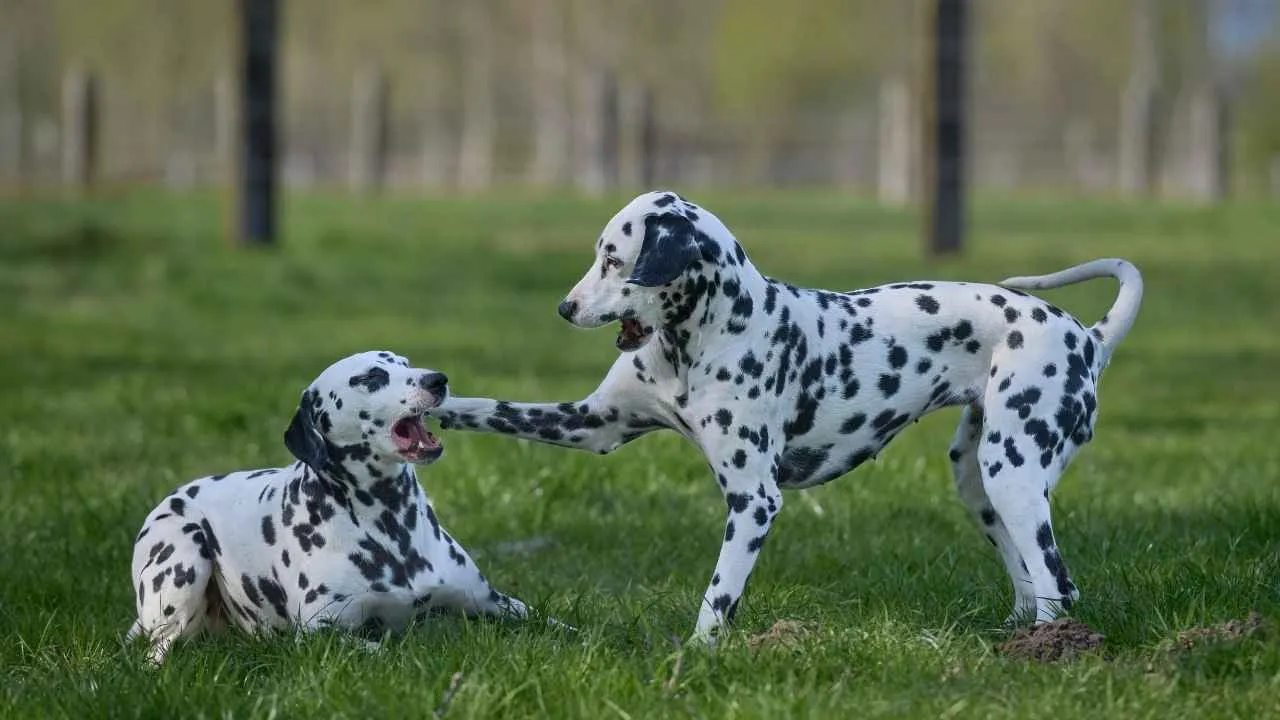
Dalmatians, often called English Coach Dogs or Firehouse Dogs, are distinguished by their iconic white coat with black or liver-colored spots. Bred originally to run alongside carriages, these agile dogs boast both endurance and elegance.
With a height of 19 to 24 inches and weighing between 45 and 70 pounds, they have a lean, symmetrical build perfect for active pursuits. Their high energy levels, intelligence, and love for outdoor exploration make them well-suited as hiking companions.
WebMD states that Dalmatian dogs are a popular and affectionate breed, known for forming strong bonds with their families. Dalmatians belong to the Non-Sporting Group and typically live between 11 to 13 years.
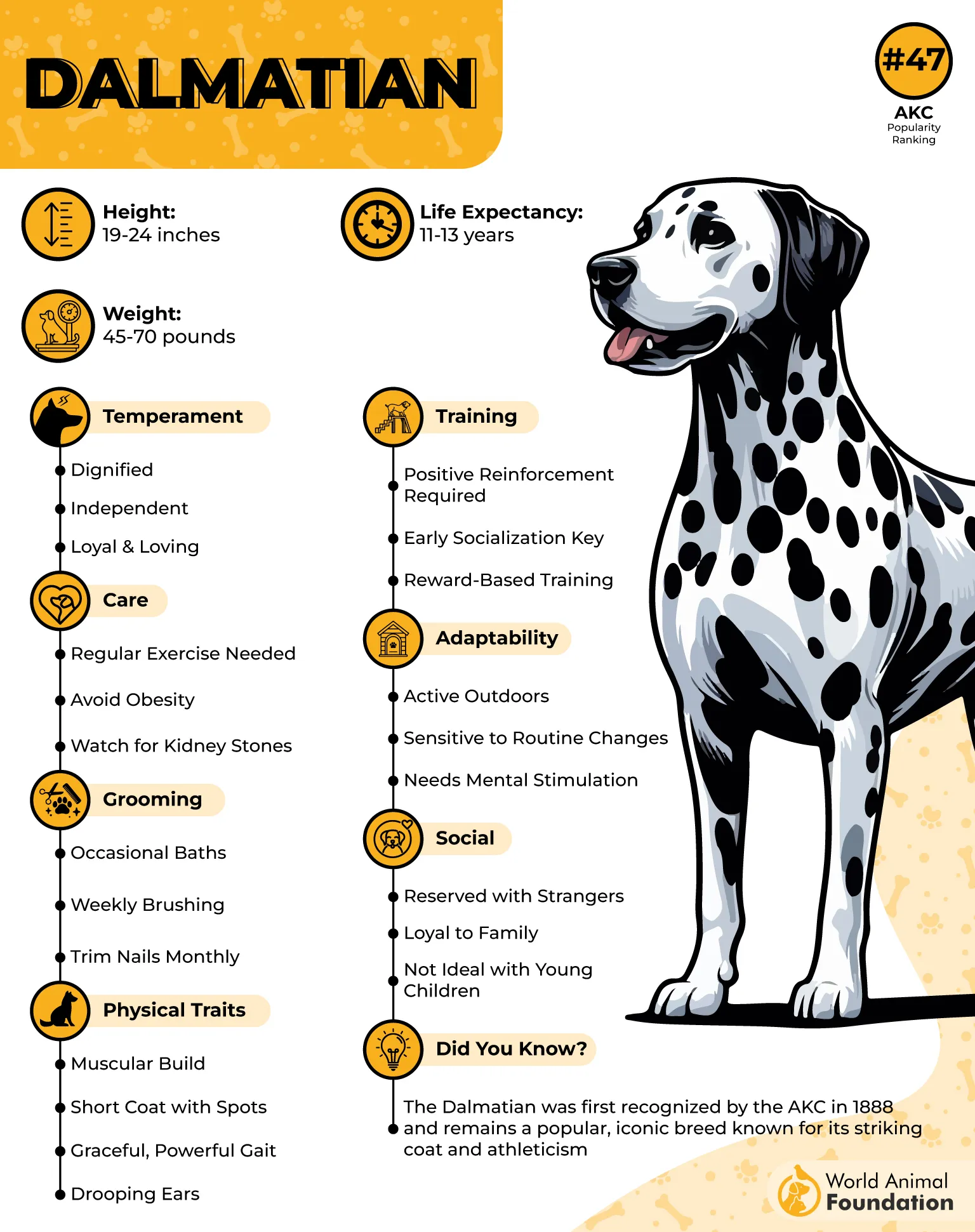
Exercise
True to their heritage as carriage companions, Dalmatians need substantial daily activity—ideally 90 minutes or more. This includes a mix of physical exercise and mental stimulation, such as problem-solving games or scent-tracking challenges.
Their natural stamina and love for movement make them ideal for scaling trails and rocky slopes, but without proper outlets, their energy can lead to restlessness or unwanted behavior.
Fun Fact: Dalmatians once ran beside fire wagons, barking to clear the way and calming horses en route to emergencies—an enduring symbol of loyalty and courage.
4. Border Collie
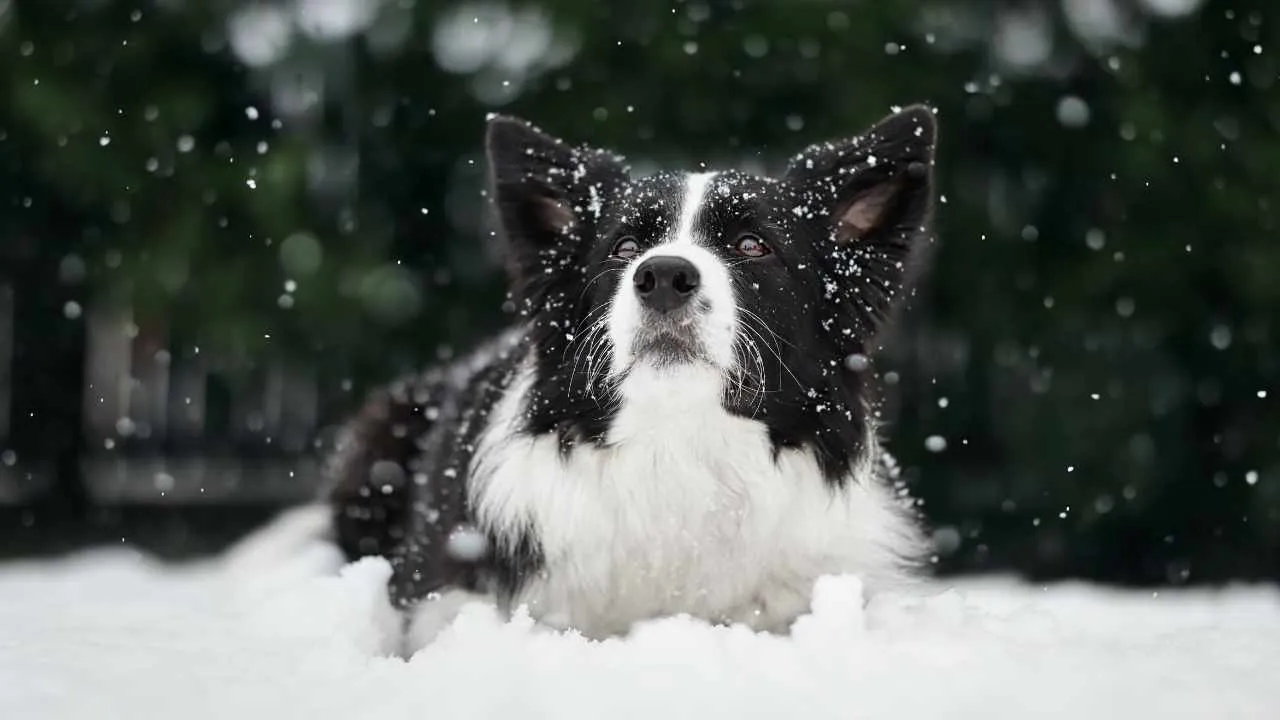
The Border Collie, often hailed as one of the most intelligent dog breeds, originated along the England–Scotland border as a premier sheep-herding dog. Known by various names such as Highland Collie and Northern Sheepdog, this agile breed stands 18 to 22 inches tall and weighs between 30 to 55 pounds.
Its medium-length double coat, which may be rough or smooth, comes in a wide array of colors including black, red, merle, and sable. Border Collies are fiercely loyal, fast learners, and naturally athletic—traits that make them exceptional climbers and trail companions. With a lifespan of 12 to 15 years, they bring endurance and sharp focus to any rugged adventure.
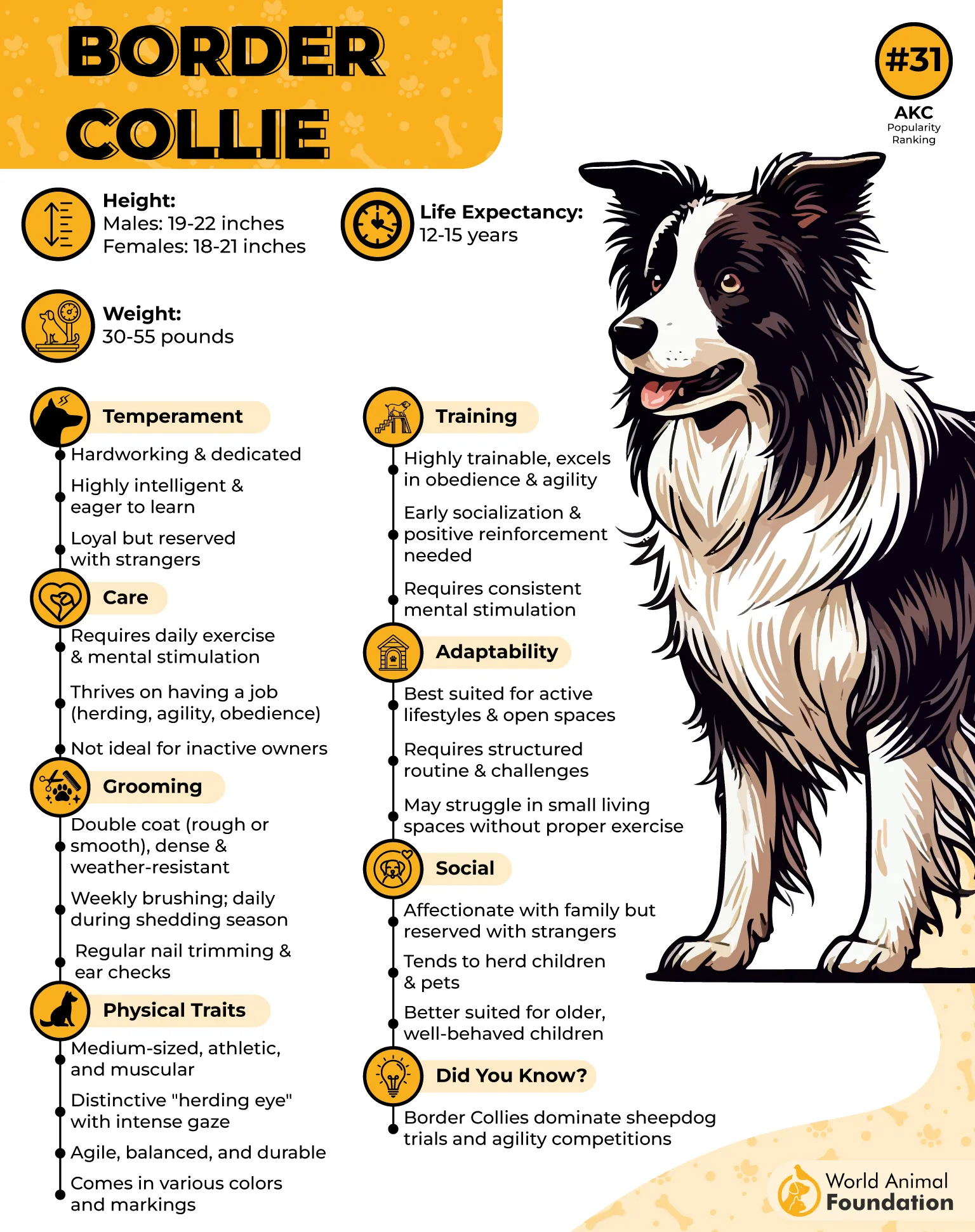
Exercise
Border Collies demand a minimum of two hours of daily physical activity—preferably spread across multiple walks and high-intensity play. Off-leash time in secure spaces is especially beneficial.
Their mental acuity also calls for enrichment like puzzles or agility tasks. Without both mental and physical challenges, they may resort to undesirable behaviors such as digging or obsessive herding.
Fun Fact: Border Collies hold several world records, including one for recognizing over 1,000 words—an incredible testament to their cognitive abilities.
5. Australian Shepherd
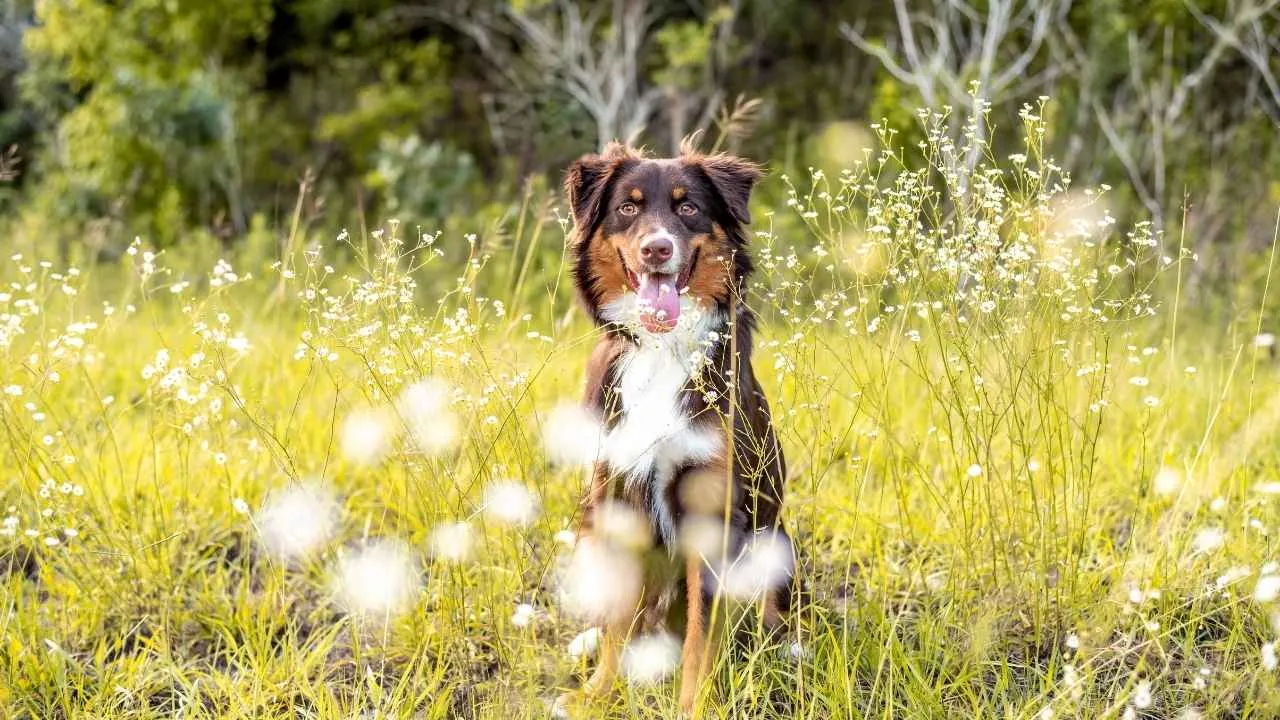
Despite its name, the Australian Shepherd was actually developed in the western United States in the late 19th century, drawing from various herding breeds of British and Basque origin.
Known for their agility, intelligence, and boundless energy, Aussies typically stand 18 to 23 inches tall and weigh between 40 and 65 pounds. They have a medium-length, weather-resistant coat that may appear in black, blue merle, red merle, or red, often with white or tan markings.
Their eye color varies widely—even between eyes—and their tail is often naturally bobbed. Aussies belong to the Herding Group and usually live 12 to 15 years.
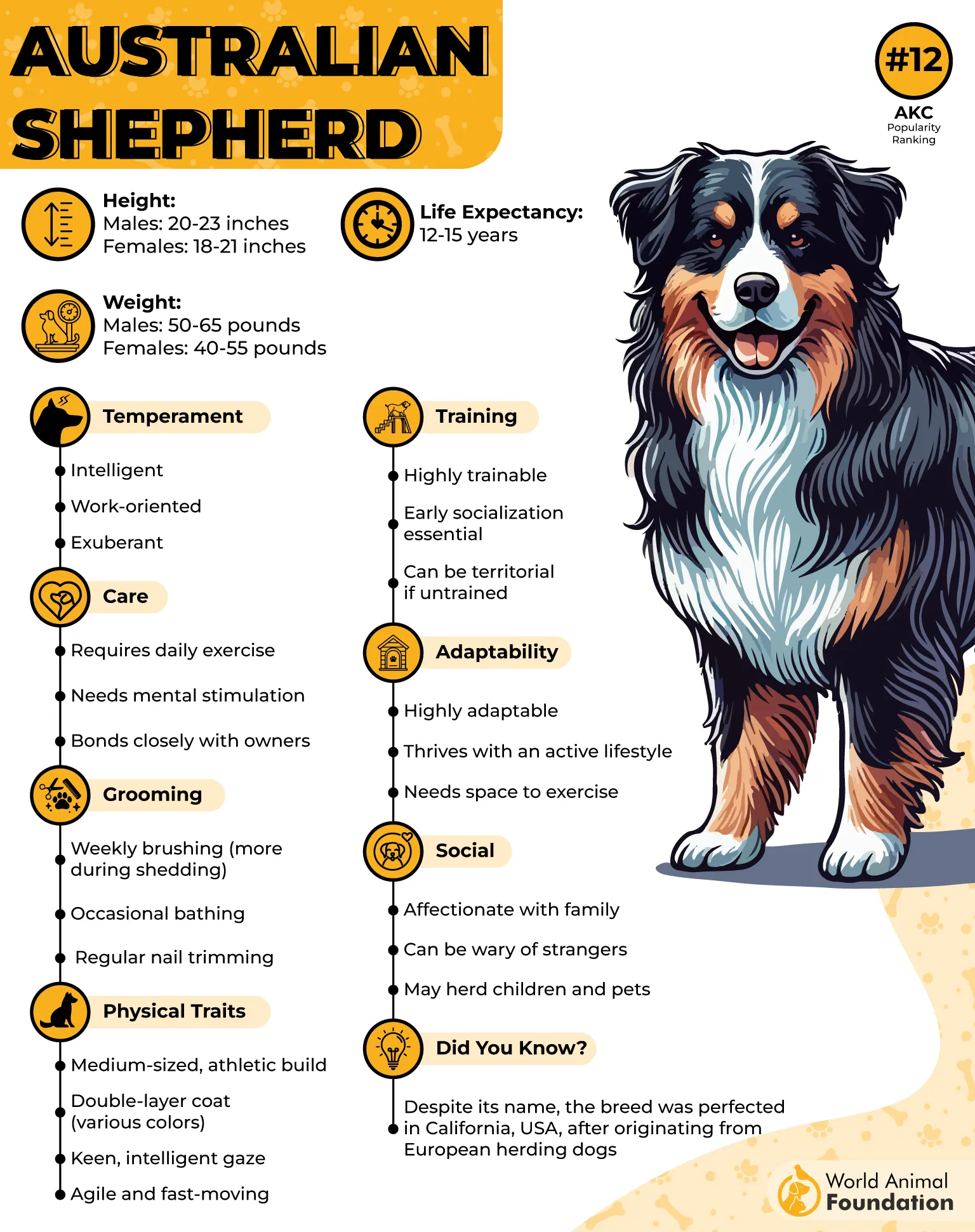
Exercise
Australian Shepherds are tireless working dogs that demand daily exercise, preferably more than an hour of rigorous activity.
Whether it’s running laps in a fenced yard, climbing trails, or hiking rugged terrain, Aussies need constant physical and mental stimulation to stay balanced. Their herding instincts may even lead them to circle or “guard” their humans along the trail.
Fun Fact: Aussies have become staples of the American rodeo scene due to their strong association with ranch life and exceptional herding abilities.
6. Standard Poodle
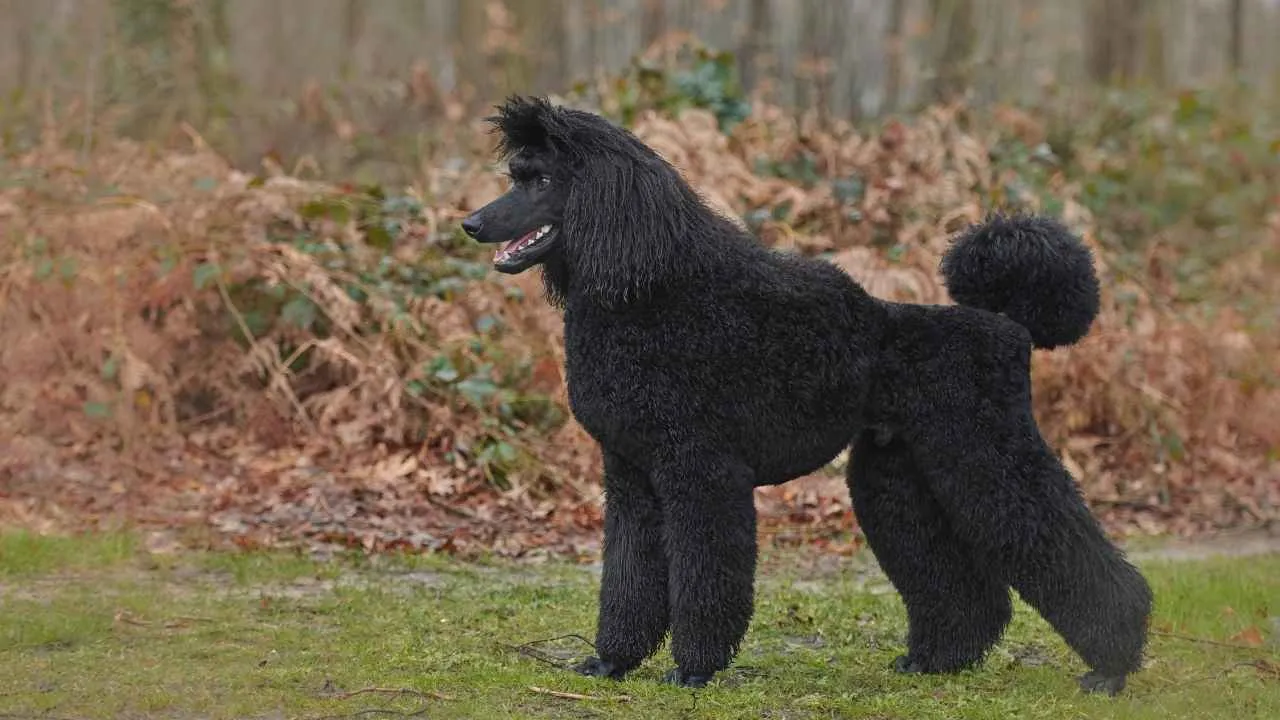
Often mistaken for a dainty show dog, the Standard Poodle is, in fact, a highly athletic and intelligent breed originally developed in Germany for retrieving waterfowl. It stands over 15 inches tall and can weigh up to 70 pounds, making it the largest of the three Poodle varieties.
With its dense, curly, water-resistant coat and refined yet muscular frame, the Standard Poodle is agile enough for steep terrain and adaptable to varied climates. They become great hiking companion. Its sharp mind, keen nose, and remarkable trainability make it a natural fit for outdoor pursuits, including climbing and hiking.
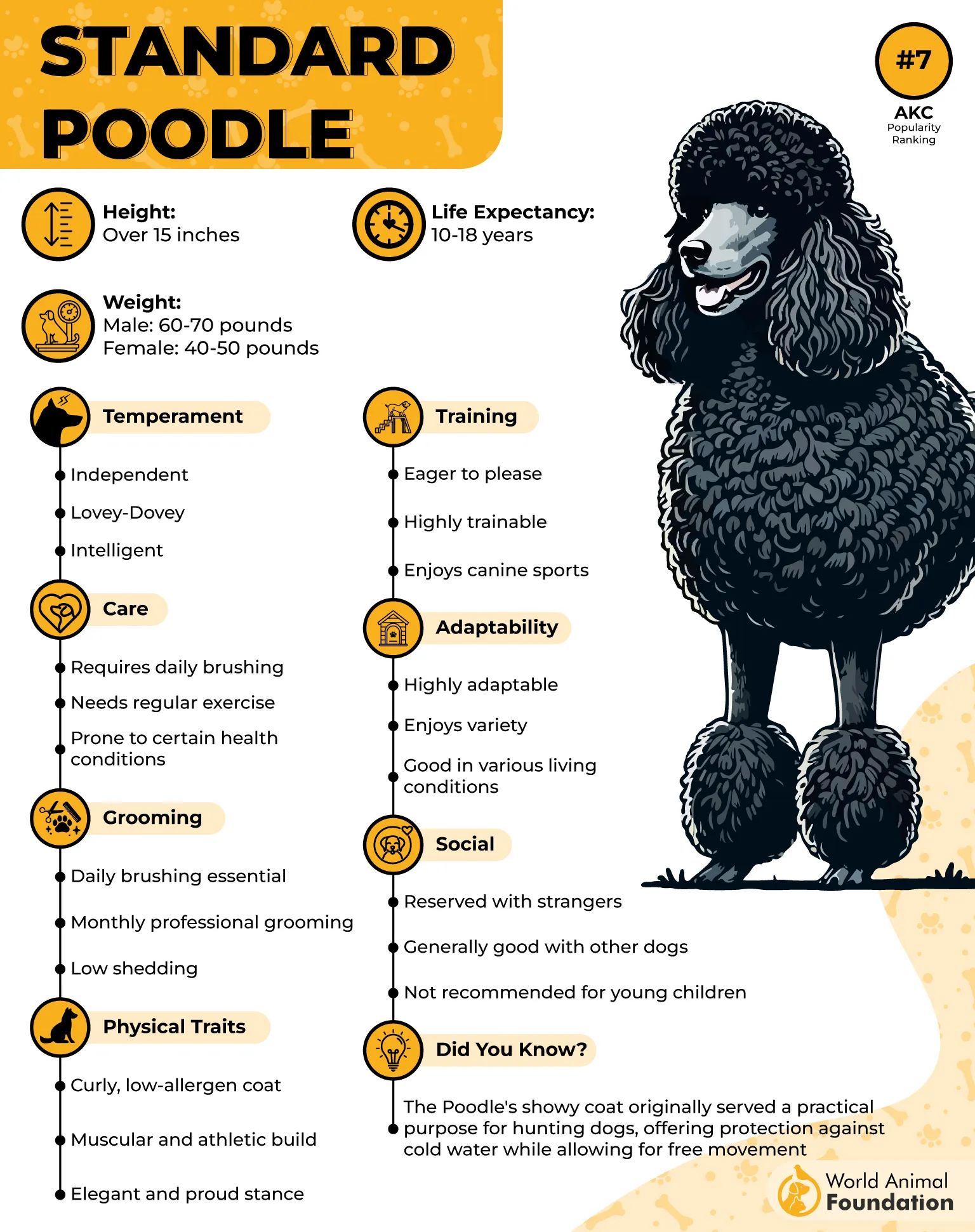
Exercise
Standard Poodles require at least 60 minutes of active movement daily. They excel at physical tasks that challenge both their bodies and minds, such as off-leash trail running and navigating rocky paths.
Without regular, purposeful exercise, their high energy can lead to restlessness or destructive habits. A balanced routine that includes physical adventure and mental stimulation keeps them focused and fulfilled.
Fun Fact: The word “Poodle” comes from the German pudeln, meaning “to splash”—a nod to their water-retrieving heritage and love for active exploration.
7. Labrador Retriever
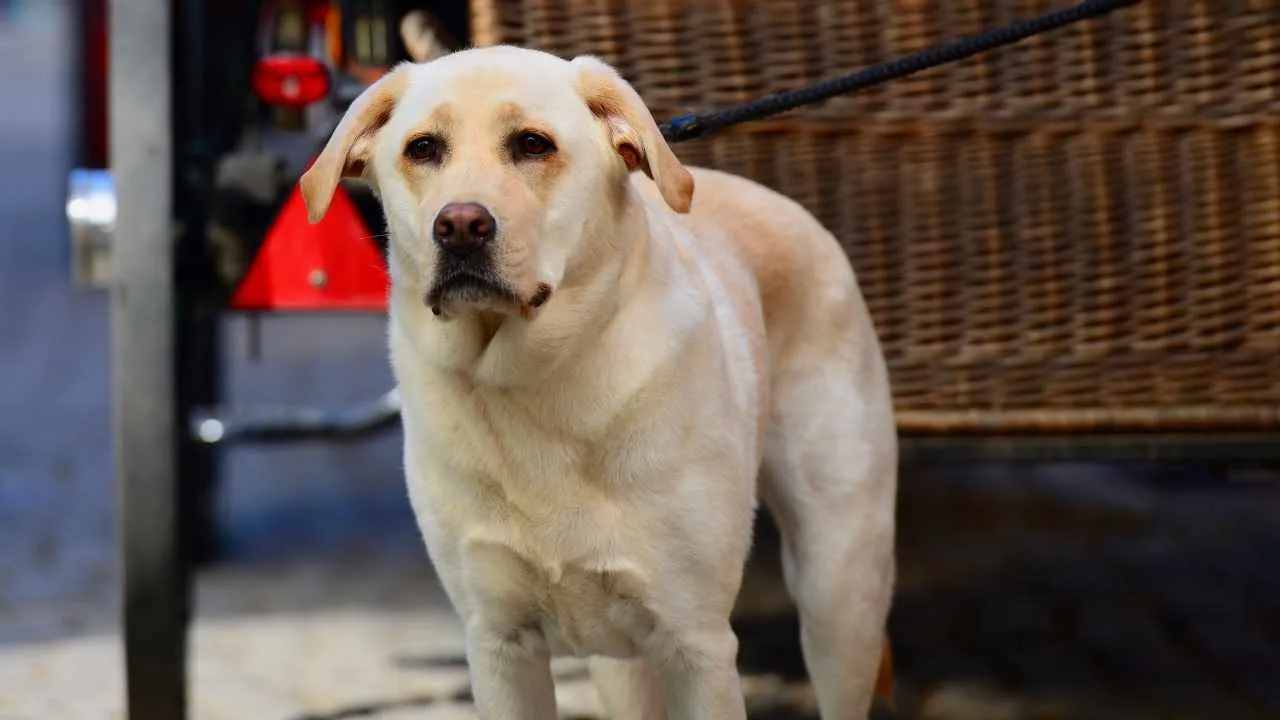
Originally bred in the early 1800s in Newfoundland, the Labrador Retriever—commonly called the Lab—is a sturdy and enthusiastic member of the Sporting Group. This popular breed measures between 21.5 to 24.5 inches tall and typically weighs 55 to 80 pounds.
Known for its broad head, short, dense coat, and iconic otter-like tail, the Labrador’s weather-resistant fur comes in black, chocolate, or yellow. With a life expectancy of 10 to 12 years, these energetic dogs are sociable, outgoing, and known for their gentle disposition and athletic build, which makes them perfectly suited for outdoor adventures and climbing terrain.
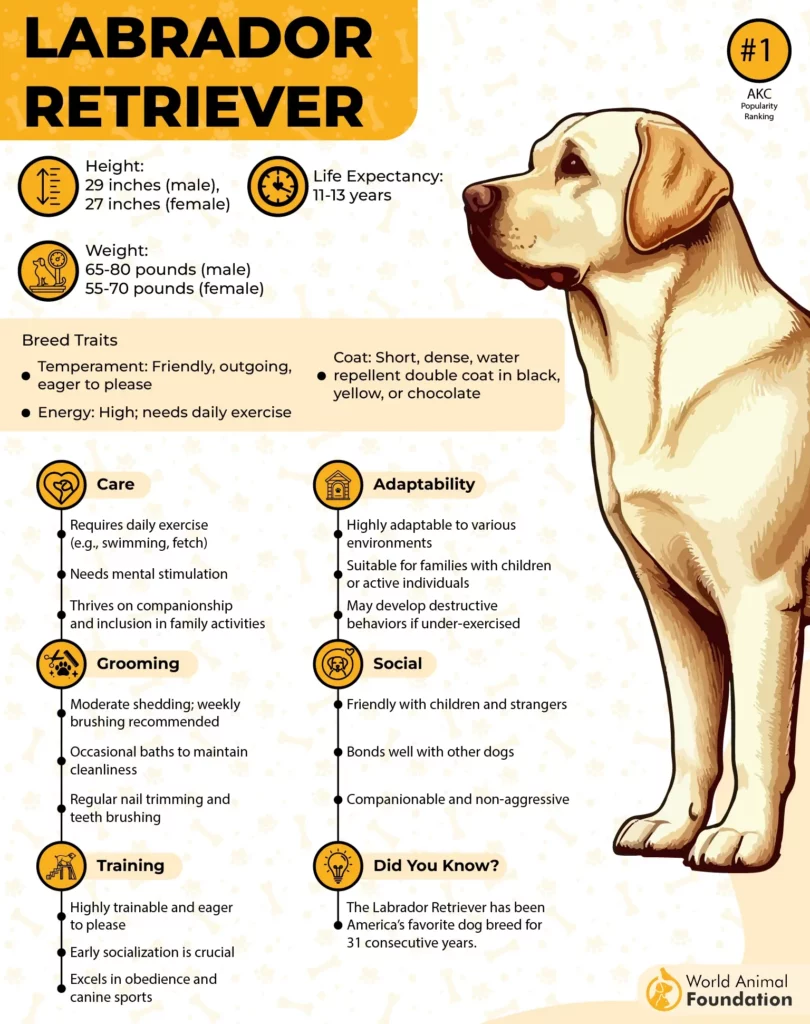
Exercise
Labradors are high-energy dogs that thrive on movement. They require at least 80 minutes of vigorous exercise daily—think trail hikes, hill climbs, and swimming sessions. Without this stimulation, their energy can turn into destructive behavior like chewing or digging.
Their water-resistant coats and muscular legs make these athletic dogs excellent companions for wet, uneven, or steep outdoor conditions, especially when paired with training and structure.
Fun Fact: A heroic yellow Lab named Endal once saved his disabled owner’s life and was named “Dog of the Millennium”—a true testament to the breed’s loyalty and intelligence.
Conclusion
Climbing isn’t just a test of physical endurance—it’s a celebration of agility, stamina, and a dog’s natural curiosity. While many breeds enjoy a simple hike, there are certain dogs that truly thrive when tackling steep trails and rugged terrain. Whether it’s scaling boulders, maneuvering over logs, or sprinting up inclines, dogs like the German Shorthaired Pointer and Labrador Retriever embody the traits climbers admire: strength, balance, and boundless energy. These breeds aren’t just good dogs—they’re born adventurers, capable of handling long distances with grace and enthusiasm.
If you’re considering a canine climbing partner, other athletic breeds like the Jack Russell Terrier, Australian Cattle Dog, and Rhodesian Ridgeback bring sharp instincts and impressive physical abilities to every outing. Even big dogs such as the Bernese Mountain Dog excel on high-altitude excursions when properly conditioned. From trails off leash to steep ascents, choosing a breed with the right breed characteristics—like being easy to train, agile, and enduring—can make your climbing experience not only successful, but unforgettable.


